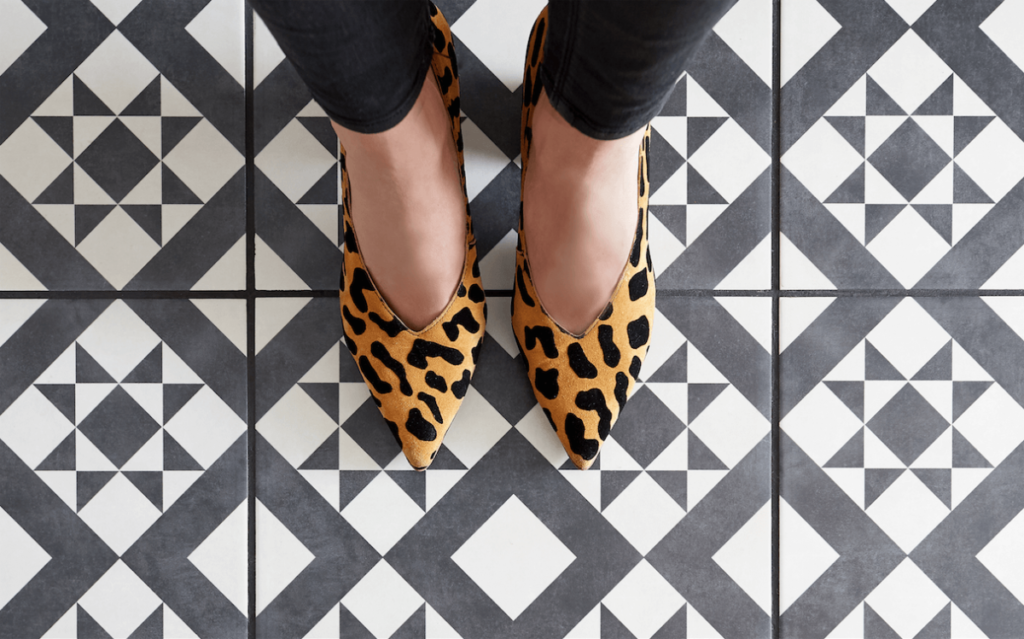
Choosing Right Tile
Choosing the tiles is easy. But choosing the right tile is not that easy.
You have to determine which pattern goes best with the furniture, or what shade can make space look bigger than it is. Which is the best tile for slippery areas like a bathroom or what to deploy in moisture-prone areas? Should I go for porcelain or a non-porcelain tile?
This is how the list of considerations goes on when it comes to choosing the right tile for your house.
Needless to say, it is quite overwhelming. Don’t worry. This blog has covered everything, from aesthetics to maintenance, to help you make an informed decision when it comes to buying the tiles.
PEI Rating for Durability:
PEI rating determines the durability of the tiles. PEI 1 tiles are the most fragile while PEI 5 tiles are most durable.
Therefore, PEI 1 tiles are best to install over the walls while PEI 5 tiles are suitable for floor tiles to withstand heavy traffic. The tiles falling in-between can be installed in the areas getting normal to moderate traffic.
Read More about PEI Ratings: https://www.thespruce.com/pei-ratings-help-with-tile-installation-areas-1822598
Tile Porosity:
Porosity is defined as “the quality of being porous, or full of tiny holes. Liquids go right through things that have porosity.” This factor should be considered when it comes to choosing the right tiles.
In tiles, this factor is determined by the ratio of air holes to solids, which affects the amount of water it absorbs. It is important to check this factor while installing them in moisture-prone areas like kitchen, bathroom, and laundry room.
Here are the categories of tile porosity:
Impervious (Water Absorption Rate 0.5 or Less):
Ideal for kitchen and bathroom.
Vitreous (Water absorption of 0.5 percent to 3 percent)
Semi-Vitreous (Water absorption of 3 – 7 percent)
Non-Vitreous (Water absorption of more than 7 percent)
It shouldn’t be used for the floor.
Slip Resistance:
COF or Coefficient of Friction is another factor to look for in a tile.
- Ceramic or porcelain tiles should have slip-resistant coatings.
- Slate has naturally a slip-resistant texture.
- Small size tiles like mosaic or glass have grout lines to prevent slipping.
- Pebblestone boasts a highly textured surface and great visual aesthetic as well.
Tile Color:
Here are the things to keep in mind while choosing the tile colors.
- Vivacious, playful colors will make the room look warm and bright.
- Neutral colors go with any décor.
- Dark colors are great for depth, though them the room look smaller than it is.
- Light shades make your room looks bigger and can brighten a room with little natural light.
Textures:
- Stone tiles add luxury to your space.
- Concrete tiles unleash modern aesthetics and custom designs.
- Wood-like tiles give a natural look.
- Marbleized tiles are beautiful and can add some delicacy.
- Choose a neutral color with minimal texture if you’re in doubt.
Maintenance:
Tiles should be cleaned and scrubbed to from time to time to remove debris and dust over them, making them look new for years.
- Ceramic and porcelain tiles are easy to clean.
- Natural stone is difficult to clean as they are the hardest material and have more pores attracting grime and dirt.
- Glass tiles are easy to clean. You just need a mix of soap and water.
- Polished porcelain is likely to be the most stain resistant while vinyl may become easily stained (though it can be cleaned.)
- Make sure to dry the tiles with a soft towel after cleaning to prevent water spots.
We hope that our tips would help you choose the right tile for your home. What do you think? Please let us know your thoughts by commenting below.






0 Comments.